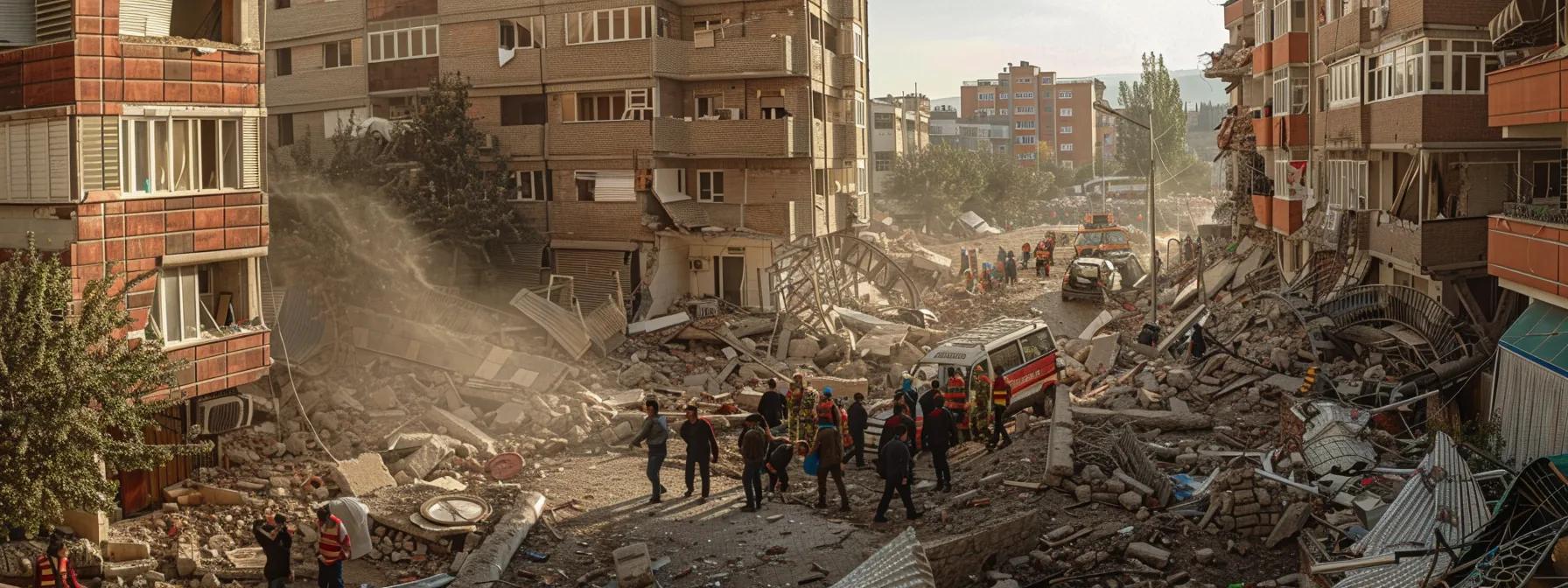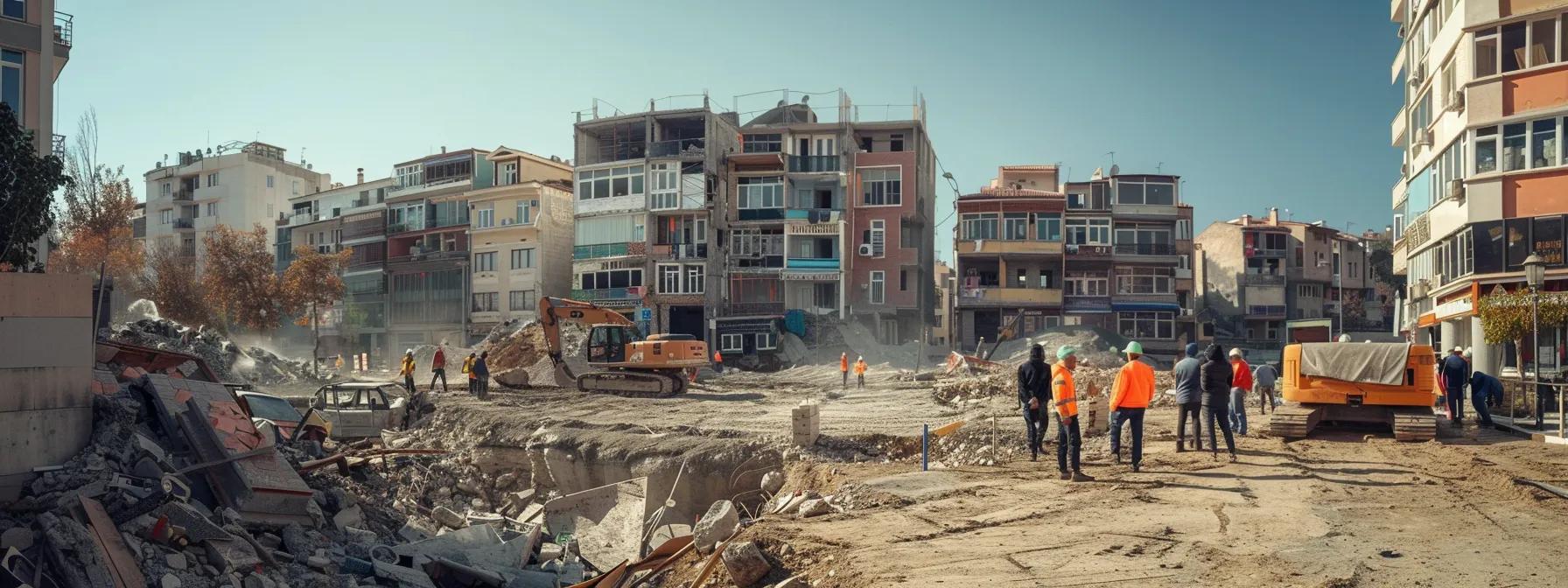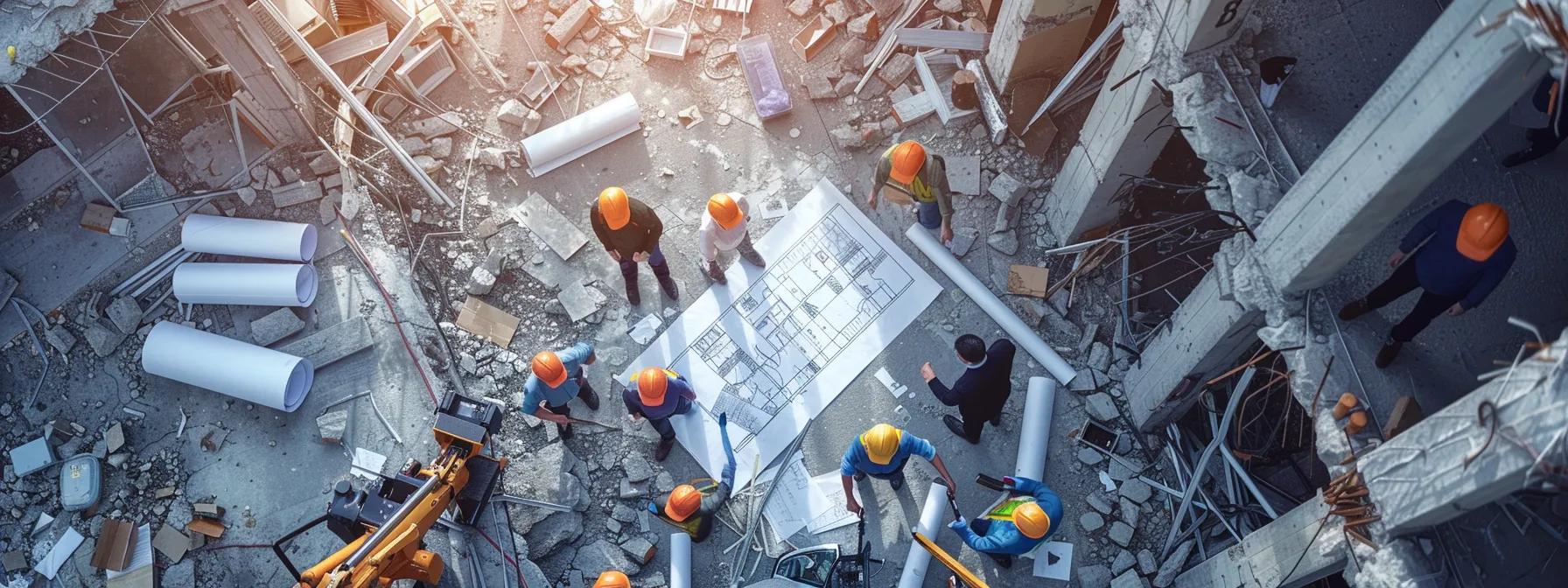Turkey Earthquake Aftermath: What Is the True Impact?
The Turkey earthquake’s aftermath reveals a complexity of challenges that demand thorough exploration. Understanding the devastation provides key insights into effective recovery strategies and long-term resilience measures. This article will examine the various dimensions of the earthquake’s impact, from immediate responses to future preparedness strategies.
Key Takeaways
- The Turkey earthquake caused extensive loss and significant structural damage.
- Cooperative emergency responses are critical for effective rescue initiatives.
- Long-term economic recovery strategies focus on revitalizing damaged sectors.
- Community engagement fosters resilience and social recovery post-disaster.
- Future preparedness involves revising building codes and enhancing public awareness.
What was the Immediate Impact of the Turkey Earthquake?

The immediate impact of the Turkey earthquake was devastating, with significant loss of life and injuries. In a matter of minutes, entire neighborhoods were reduced to rubble, leaving thousands homeless. Reports indicate that over 20,000 lives were lost and many more were injured, intensifying the need for urgent humanitarian aid. The structural integrity of buildings was compromised, leading to widespread displacement of communities.
Emergency services were swift to respond, with search and rescue operations initiated within hours. However, the scale of destruction overwhelmed local resources, necessitating assistance from international aid organizations. The aftermath underscored the critical need for comprehensive building codes and disaster preparedness measures in seismic regions.
How Did On-Site Response and Rescue Initiatives Evolve?

On-site response and rescue initiatives evolved rapidly, adapting to the unfolding crisis. Initially, local authorities mobilized first responders and volunteers to search for survivors among the wreckage. As the extent of the disaster became clear, coordination with national agencies like Turkey’s Disaster and Emergency Management Authority (AFAD), and international NGOs increased.
Rescue units faced numerous challenges, including aftershocks that hindered stability and safety in the affected areas. Nevertheless, about 15,000 rescue personnel were deployed, leading to the successful recovery of many survivors from collapsed buildings. Despite the initial chaos, communication systems were restored to facilitate coverage and groundwork assessments, which played a pivotal role in organizing ongoing aid efforts.
What Are the Reconstruction and Rehabilitation Efforts in Turkey?

Reconstruction and rehabilitation efforts are underway, focusing on restoring infrastructure and basic services. The Turkish government announced a comprehensive plan to rebuild affected regions, which includes funding for temporary housing and reconstruction of homes. Local contractors were mobilized to expedite building processes, adhering to enhanced safety standards to prevent future disasters.
Additionally, humanitarian organizations are actively involved in providing essential services such as healthcare, education, and mental health support to those affected. The emphasis is placed on community engagement, ensuring that residents are involved in rebuilding efforts to foster resilience and sustainability in the face of future seismic activities.
What Economic Ramifications and Recovery Strategies Have Emerged?

The economic ramifications of the Turkey earthquake extend beyond immediate damages, impacting long-term financial stability. The destruction of businesses and loss of livelihoods has led to significant economic contraction in affected areas. Economic recovery strategies are being developed to revitalize impacted sectors while ensuring robust infrastructure resilience.
The Turkish government aims to incentivize businesses to resume operations, alongside initiatives to attract foreign investment in reconstruction projects. Recovery strategies also encompass workforce development programs to reskill displaced individuals, addressing both immediate and long-term employment challenges.
How Has the Social Disruption and Community Resilience Been Addressed?

Social disruption from the earthquake is profound, as community ties have been strained by displacement and trauma. Authorities are implementing community engagement initiatives to foster resilience and a sense of unity among survivors. Regular community meetings are held to provide updates, gather feedback, and encourage collective recovery efforts.
Psychosocial support is being prioritized, with mental health professionals working to address trauma associated with the disaster. Community resilience programs emphasize the importance of social connections, mutual support, and enhanced communication to cope with the challenges arising from the earthquake’s aftermath.
What Are the Structural Assessments and Future Preparedness Plans?

Structural assessments of the damaged buildings are underway to categorize the extent of destruction and plan for resilient rebuilding efforts. Experts from various engineering and architectural fields are collaborating to analyze vulnerabilities in the built environment, focusing on incorporating earthquake-resistant designs in future housing projects.
Preparedness plans involve intensified public education campaigns emphasizing earthquake safety protocols, community drills, and resource allocation for emergency preparedness. The lessons learned from this disaster are expected to influence national policies aimed at improving disaster management and urban planning in Turkey.
What immediate actions were taken after the Turkey earthquake?
Rescue teams were deployed to search for survivors and provide medical aid.
How are reconstruction efforts funded?
The Turkish government and NGOs are collaborating to fund rebuilding efforts.
What role does community engagement play in recovery?
Community engagement fosters unity and enhances recovery efforts through feedback.
How can Turkey improve future earthquake preparedness?
By enhancing building codes and public education on earthquake safety.
What are the long-term impacts of the earthquake on Turkey?
The long-term impacts include economic disruptions and changes in urban planning.
The Turkey earthquake’s aftermath presents complex challenges and an opportunity for significant change in disaster preparedness and recovery strategies. By assessing immediate responses, rehabilitation efforts, and plans for the future, communities can emerge stronger and more resilient. Societal support, infrastructure improvements, and economic revitalization are essential components in this journey. The commitment to learning from this tragedy can play a vital role in protecting against future disasters.
Leave a Reply